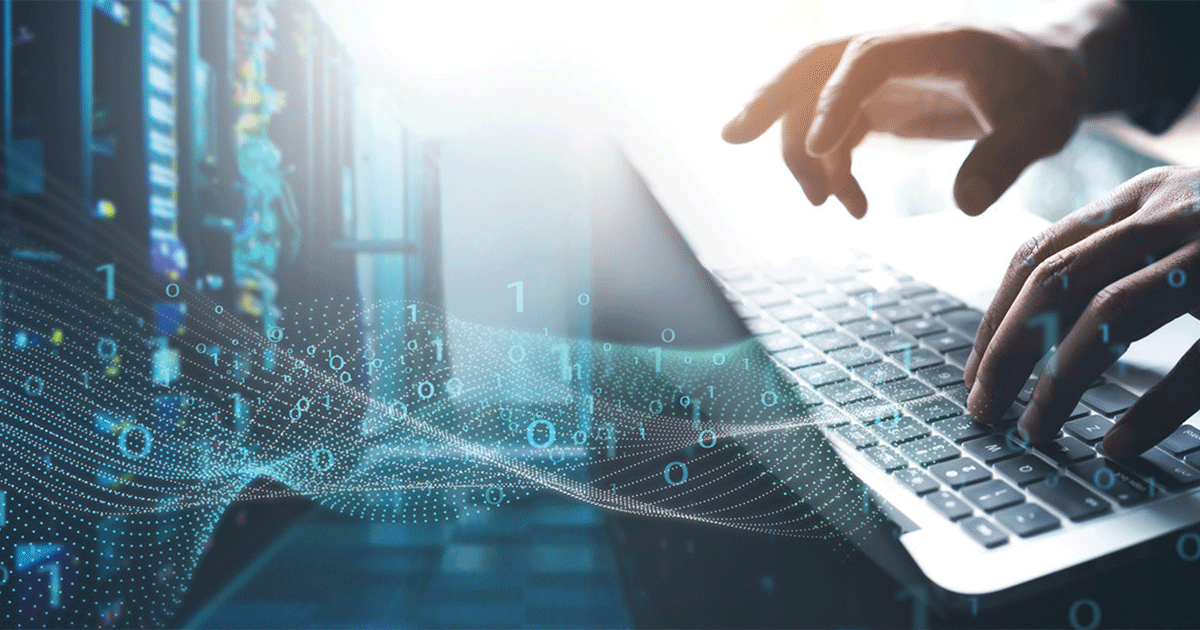In a recent paper, The Advent of the AI Negotiator: Negotiation Dynamics in the Age of Smart Algorithms (Journal of Business & Technology Law, 2024), Professor Horst Eidenmüller explores the rise of AI-powered negotiation tools, which are fundamentally transforming both commercial deal-making and legal dispute resolution.
The Core Driver: Information Asymmetry and AI Strategy
At its core, negotiation has long been an exercise in managing interpersonal dynamics and strategic ambiguity. But in the age of AI, it is becoming a data-driven science. Machine learning algorithms and natural language processing (NLP) now allow intelligent agents to assess the interests, constraints, and BATNAs (Best Alternative to a Negotiated Agreement) of each party. The result? Greater efficiency in structuring optimal agreements—but also greater risk of imbalance.
These AI-driven systems can expand the value to be created in a negotiation (the “pie”) while also enabling their users to claim a disproportionate share of it, especially against less-equipped counterparts.
Case Studies: Walmart and Luminance
Professor Eidenmüller cites real-world examples of this AI transformation. Walmart’s deployment of Pactum AI to automate supplier negotiations achieved measurable cost reductions and faster cycles. Meanwhile, Luminance’s Autopilot executed an NDA negotiation without any human input—effectively, two machines reaching agreement autonomously.
These examples highlight a crucial point: automated negotiation technology currently works best in low-complexity, high-volume contexts. Yet as models grow more sophisticated, their reach will extend into more nuanced, multi-party legal negotiations and B2B transactions.
Big Tech vs. Small Firms
Large enterprises, especially in technology and retail, are uniquely positioned to reap the benefits of AI in contract negotiation. With access to proprietary datasets, capital, and in-house engineering talent, they can develop and deploy customized AI negotiators to gain systemic advantages.
By contrast, small businesses and consumers are often limited to public-facing tools such as the free version of ChatGPT or similar general-purpose agents. These tools lack the transaction-specific training, modeling sophistication, and strategic nuance of enterprise-grade AI—leaving these users at a disadvantage in negotiations.
This growing information asymmetry in AI negotiations threatens not just transactional fairness, but also market efficiency. As Eidenmüller notes, a world in which only well-capitalized firms have access to cutting-edge dealmaking tools may entrench monopolistic tendencies and erode trust in legal processes.
From Regulation to AI Infrastructure
To address these risks, Professor Eidenmüller argues for a multi-layered regulatory framework. One key instrument is the European Union’s Artificial Intelligence Act, which bans AI systems that exploit human vulnerabilities or manipulate behavior—such as emotion recognition in schools or social scoring systems. However, the line between strategic persuasion and manipulation is blurry in negotiation settings, raising complex compliance questions.
He proposes an alternative lever: treating smart negotiation algorithms as public goods. In this model, governments or international consortia could sponsor open-access, secure negotiation tools, similar to how public infrastructure supports communication or transportation. Some have likened this to treating AI as a public utility, ensuring baseline equity and access.
Yet even that may not be enough. A more promising solution lies in data access regulation, such as the EU Data Act, which mandates greater interoperability and access to industrial and consumer data. By making training data more broadly available, regulators can lower entry barriers for smaller AI developers and increase competitive parity in the market for AI negotiation tools.
The Endgame: Algorithmic Design
Eidenmüller foresees a future where automated negotiations—machine-to-machine dealmaking—become commonplace for routine transactions. In more complex deals, AI-assisted negotiations will transform human negotiators into orchestrators and strategists, guiding intelligent systems rather than relying solely on interpersonal skill.
This evolution will challenge traditional training paradigms. Skills such as empathy, rhetoric, and persuasion will give way to fluency in algorithm design, data interpretation, and AI ethics. Legal education and business leadership programs must adapt quickly.
What It Means for Stakeholders
- For corporations: AI will redefine how value is created and claimed across contracts, partnerships, and disputes. Access to proprietary tools will increasingly become a competitive differentiator.
- For policymakers: Crafting balanced governance frameworks is critical to avoid both stifling innovation and entrenching inequality.
- For legal and commercial professionals: The rise of AI negotiators demands urgent upskilling, strategic adaptation, and vigilance regarding ethical deployment.
Ultimately, Eidenmüller’s analysis warns that the rise of algorithmic negotiators could echo broader debates about AI governance and digital inequality. After all, who bears the burden of asymmetry when the machine on the other side of the table knows everything about you—but you know nothing about it?
Frequently Asked Questions
1. What is an AI negotiator?
An AI negotiator is a software agent, often powered by machine learning and NLP, that can autonomously or semi-autonomously conduct negotiations. These systems can analyze interests, generate proposals, and optimize outcomes based on predefined goals.
2. Are AI-driven negotiations legally valid?
Yes—provided they meet traditional contract elements (offer, acceptance, consideration, and capacity). Courts may scrutinize consent and fairness, especially when one party is significantly less equipped.
3. What regulations apply to AI in negotiation?
The EU AI Act introduces tiered restrictions on high-risk AI systems, including those used in legal or behavioral inference settings. The EU Data Act also impacts how negotiation AI tools are trained and deployed.


